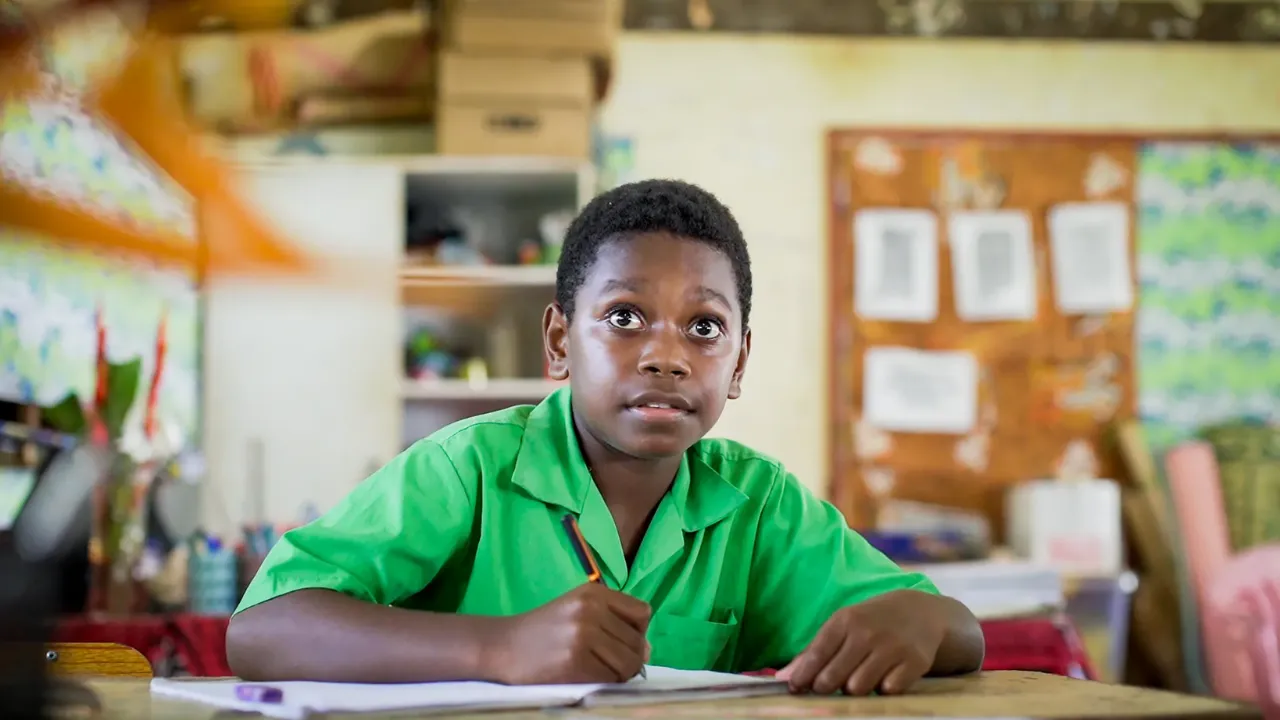Education Initiative Cuts: Education Initiative Cuts are somewhere few parents and educators wanted to see in 2025. Yet a sharp decline in business tax revenue has forced the Oregon Legislature to tighten its belt—and now some beloved education programs are on the chopping block. This isn’t just about numbers—it’s about students losing crucial real-world experiences and communities struggling to fill teaching roles in rural areas.
These Education Initiative Cuts highlight a larger question: what do we value when budgets shrink? In the sections below, we’ll delve into which education programs are affected, why these cuts are happening, and how schools and families are responding. We’ll examine outdoor education, rural teacher recruitment, support for underserved students, and summer learning — all essential pieces of a healthy school ecosystem.
Education Initiative Cuts
The Education Initiative Cuts reflect a sobering reality: Oregon must balance its books, and several core education programs paid the price. Cuts were made across outdoor learning, teacher recruitment initiatives, grants for historically underserved students, and summer school funding. These aren’t merely budget lines—they’re programs that affect outdoor learning opportunities, teacher pipelines in remote areas, minority student support, and summer literacy. Stakeholders are sounding the alarm, saying these cuts threaten student engagement, retention, and long-term equity in education.
Overview Table of Key Education Initiative Cuts
| Program | Prior Funding | Cut Amount | Impact Outlook |
| Outdoor School | $60 M | –$12 M | Fewer days, fewer locations in nature-based science immersion for 5th–6th graders. |
| Grow Your Own teacher/admin program | Not previously entered | $0 funding moving forward | Shuts new enrollment; only existing participants backed by $14 M carryover. |
| Grants for underserved students | $42 M | –$22 M | Less support for literacy, attendance, and graduation among marginalized groups. |
| Summer school grants | – | –$9 M | Risk of canceled or scaled-back summer programs in several districts. |
Outdoor School
Outdoor School blends science, environmental awareness, and teamwork, all in a hands‑on outdoor classroom. With a $12 million reduction from its $60 million budget, students will face shorter trips and fewer camp sites. This budget cut may reduce the number of hands‑on environmental education days students receive, weakening nature literacy and campus engagement. Supporters say outdoor learning is essential for fostering curiosity and a lifelong love of the environment—making this one of the most visible and immediate impacts of the Education Initiative Cuts.
Grow Your Own Teacher and Administrator Initiative
The Grow Your Own program installed a pipeline aimed at recruiting educators for rural, remote, ESL, and special education roles—a priority for addressing staffing shortages. But with its budget slashed entirely, no new candidates can enroll. Eastern Oregon University, where the Rural Teacher Corps operates, must now reduce scholarship support and seek alternative funding. Though $14 million in carryover funds offer a temporary lifeline, time is ticking. Losing this recruitment channel may intensify teacher shortages across Oregon’s most remote classrooms.
Grants for Historically Underserved Students
Grants serving Black, Native, Pacific Islander, LGBTQIA+, immigrant, refugee, and Latino students dropped from $42 million to $20 million. These equity grants help districts and nonprofits support student literacy, school attendance, behavioral interventions, and graduation. Critics caution that reducing these funds could undermine progress toward educational equity. Community leaders described the move as “a disinvestment in Oregon’s most underserved students,” noting the lack of prior consultation before slashing funding.
Summer School Grants
As part of its summer learning push, the Oregon Department of Education offered grants for literacy and enrichment programs. Now, $9 million in corporate activity tax funds has been wiped out. This leaves districts scrambling: some face cancellations, others must scale back session lengths or cut staff. Portland Public Schools is one of the hardest hit. To fill part of the gap, ODE officials repurposed $35 million originally earmarked for summer literacy, but the solution feels temporary, not sustainable.
Why These Cuts Happened
- Reduced business tax revenue — a $195.3 million shortfall forced lawmakers to make hard choices on education funding.
- Legislative priorities — instead of spanning small education initiatives, surplus funds went toward wildfire funding, immigrant support, and elder care.
- Federal equity pressure — the U.S. Department of Education cautioned against programming that favors one racial demographic over another, creating added uncertainty around DEI-oriented grants.
Effects on Students and Schools
- Outdoor learning — less exposure to hands-on science and environmental study, which research links to improved academic performance and student well-being.
- Teacher recruitment — rural and special education staffing may worsen as financial support dries up for new candidates.
- Equity efforts — historically underserved students will lose critical resources tied to reading, attendance, and social-emotional support.
- Summer programming — budget gaps threaten literacy gains during summer, potentially widening the achievement gap.
Community Response and Advocacy
- Portland school board members urged legislators to preserve Outdoor School, citing its value in science learning and teamwork.
- Rural education advocates warned that cutting Grow Your Own jeopardizes long-term teacher supply, particularly in high-need regions.
- Equity-focused organizations decried the underserved-grant cuts as harmful and poorly communicated.
- Emergency reallocations (like using general funds for summer literacy grants) show some agility—but many worry these are short-term fixes.
What’s Next?
- Advocacy window closing — the legislature is near adjournment; the chance to restore funding via late-session amendments or the “Christmas tree” bill is dwindling.
- Interim funding workarounds — districts and nonprofits may turn to local levies, foundations, or federal grants to sustain programs.
- Federal guidance awaited — any clarity or shift in DEI-related policy could enable restoration of some grants.
- Awaiting revenue trends — if Oregon’s business tax collection rebounds, lawmakers may revisit funding next year.
Frequently Asked Questions
1. What caused the Education Initiative Cuts?
A $195.3 million shortfall in Oregon’s business tax revenue prompted lawmakers to reduce funding for several non-core education programs.
2. Will Outdoor School be discontinued?
No—programs will still occur, but trips may be shorter and hosted at fewer locations due to the $12 million budget reduction.
3. Does Grow Your Own still support new teacher candidates?
No, new enrollments have been halted. However, current participants will continue with funds already allocated.
4. How are underserved students affected?
Grants intended for literacy and attendance support dropped from $42 million to $20 million, reducing services for marginalized student groups.
5. Are summer school sessions at risk?
Yes. A $9 million cut threatens summer learning in many districts, although emergency funds have been deployed to mitigate the impact.
Final Call to Action
The Education Initiative Cuts may feel like just another budget headline—but they have real consequences for Oregon families, educators, and students. Our outdoor programs, teacher recruitment pipelines, and equity-focused supports are vital to a thriving, inclusive school system. Stand up for these priorities by contacting your legislators today, attending school board meetings, and exploring local partnerships. Share your thoughts on the impact of these cuts—your voice matters now more than ever.
Let’s come together to preserve these learning foundations—and ensure every Oregon student has the chance to learn, grow, and succeed.
















